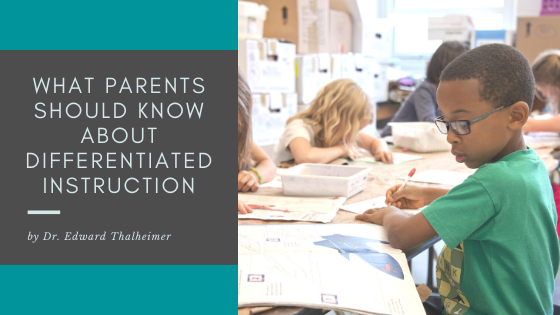Differentiated instruction is a method of teaching centered on ensuring students within a diverse classroom community can access information, make sense of ideas, and develop cognition regardless of differences in their cognitive abilities. For teachers to be effective in this teaching method, they need to understand what students should learn and the kind of knowledge, skills, and ideas they should develop. Also, the process in which students will access much-needed knowledge and skills and how they should be assessed are essential components of differentiated instruction. These components should align with the students’ readiness to learn, interests, and preferred learning approach. Teaching and learning are based on the learners’ interests, and thus differentiated instruction is more engaging and relevant to the students.
In this model of teaching, teachers have high expectations for all students. They assign learning tasks to students depending on their level of thinking, differentiate instruction, and break down the content to meet the specific intellectual needs of their learners. In other words, instruction is student-centered; the students’ individual learning needs determine how they should be taught and what they should learn at a particular time. Ongoing assessment of students makes it a more student-oriented approach to instruction. These assessments help teachers to determine students’ growth and identify their new learning needs.
Differentiated instruction is characterized by curriculum adjustments, tailoring it to meet teaching and learning demands in the classroom. On that ground, curriculum complexity, breadth, and sequencing are adjusted to extend, replace or supplement the standard curriculum to provide more relevant educational experiences to the students. Teachers may also incorporate computer-aided instruction to offer a variety of choices to students of diverse skills and needs. These approaches ensure that students’ skill levels and interests are central to the instruction.
Parents have a critical role to play in differentiated instruction. First, they should discuss with teachers when and how differentiated instruction will be provided. It is essential to understand that teachers cannot differentiate all assignments and materials every day. Parents and teachers should work collectively and ensure that assignments are a good fit for students, monitor their progress, and support them in completing their classwork. Encourage your child to be a positive self-advocate in the classroom and only compete against themselves and not the progress of other students.
This article was originally published on dredwardthalheimer.co.


